Low Water Pressure in Your Home? 10 Causes
We've all dealt with stopped up drains pipes and pipes that are bad enough to call in a plumber. However what takes place when the concern isn't with the water draining pipes but instead with the quantity of water in fact coming out? The typical at home water pressure has to do with 40 to 45 pounds per square inch (or PSI). If you seem like you're dealing with low water pressure, its likely your pressure has slipped listed below this number.
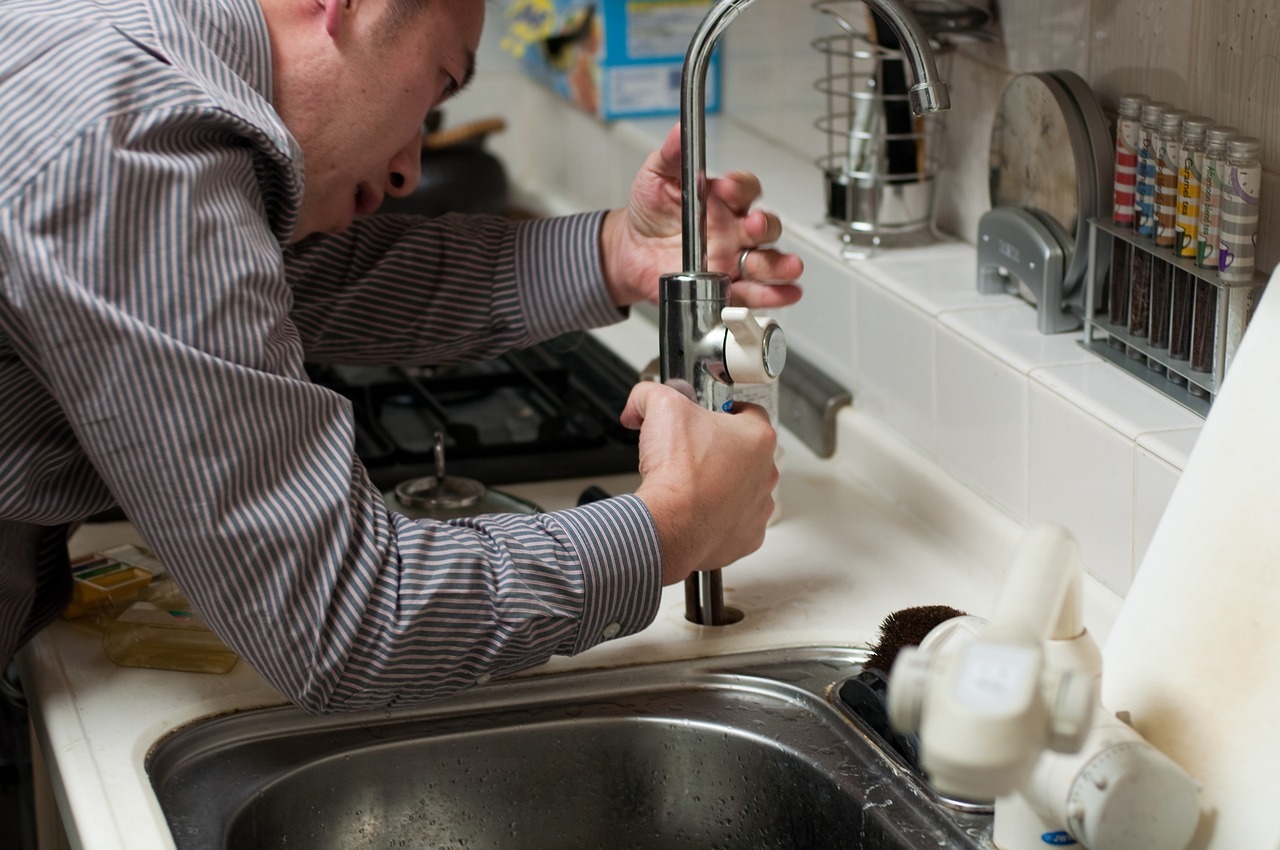
In between showering, running the dishwashing machine, and flushing the toilet, American households utilize approximately 300 gallons of water a day. We tend not to think about where that water comes from or how it comes out of our faucets. Most of us do not know where to look if the water pressure drops.
Lining in the San Francisco Bay Area, in cities like San Mateo, San Carlos, Mountain View, Campbell, San Jose, Milpitas, Fremont, Hayward, San Leandro, Burlingame, Daly City and South San Francisco there are a lot of older homes. As homes get older your water pressure can change.
We're here to speak about 10 possible causes for your low water pressure so that you know what to do and, if needed, who to call. I suggest calling Legacy Plumbing and Rooter (408) 649-3149.
Read on to learn why your home is operating under pressure.
1. Your Water Supplier is Experiencing an Issue
Prior to you begin turning valves and knocking on pipelines, ask around. If your neighbors report similar concerns, possibilities are your low water pressure is not connected to something in your own house.
Contact your water provider and find out if they know and dealing with an issue with their water supply. If it's something that they remain in the procedure of repairing, you'll have to sit tight for a bit.

However, if they reject the problem or refuse to address it, you might need to mobilize. You didn't expect that rinsing the shampoo out of your hair correctly would need a petition, but it might.
2. Your City Has Changed Its Regulations
There is likewise the possibility that your city has actually altered some of its water guidelines, in which case your water provider has no option however to comply.
If that's the case, you might wish to buy a water pressure booster system. While you can set up these systems yourself, you 'd be much better off calling a plumber who can make certain that it's installed correctly.
Proper setup depends on things like the size and age of pipelines. It is likewise possible that you will be required to generate an inspector after making this kind of change to your house. Hiring a plumber will make all these actions a lot easier.
3. The Main House Shutoff Valve Isn't Open All the Way
If you do discover that you're the just one on the block with low water pressure, it's time to start examining around your own home for the issue.
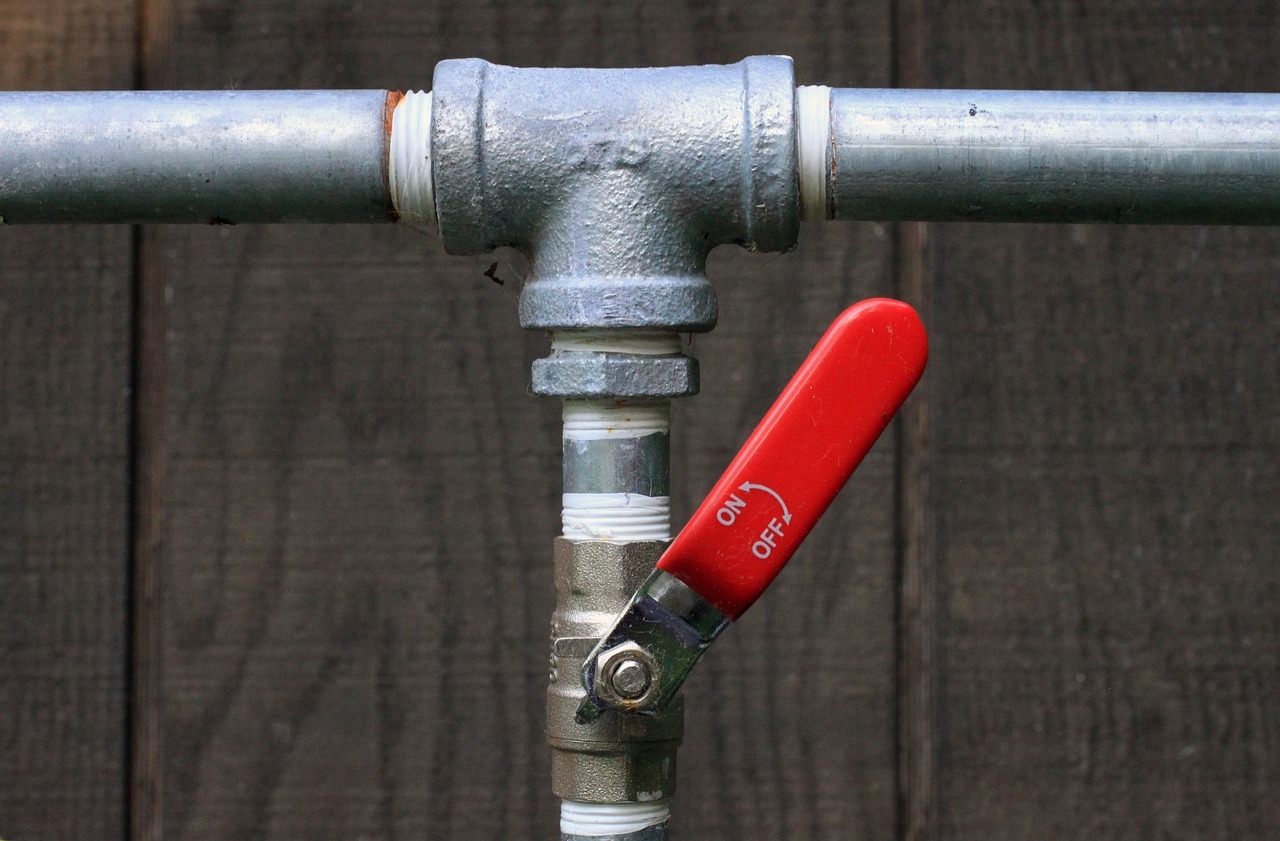
It's crucial for house owners to know how to discover and turn off your primary house shutoff valve. Now we're going to discuss what happens if it isn't all the way open.
Unless you've had an emergency situation involving a leak or a burst pipe, you haven't tinkered this valve. It might lie outside, however possibilities are it's inside where the primary city supply pipe enters your home.
If it has a deal with similar to the one you would utilize to switch on your pipe, it needs to be turned counterclockwise as far as it can go. If the manage appears like a lever, the lever needs to be parallel to the pipeline. Otherwise, it's not completely open, which is why your pressure is low.
4. The Water Meter Valve Isn't Open All the Way
The water meter valve is the second valve managing the water intake in your house. This valve belongs to the public utility, so most homeowners will never ever handle this valve straight. A few of them are quite difficult to reach, especially those that lie underground.
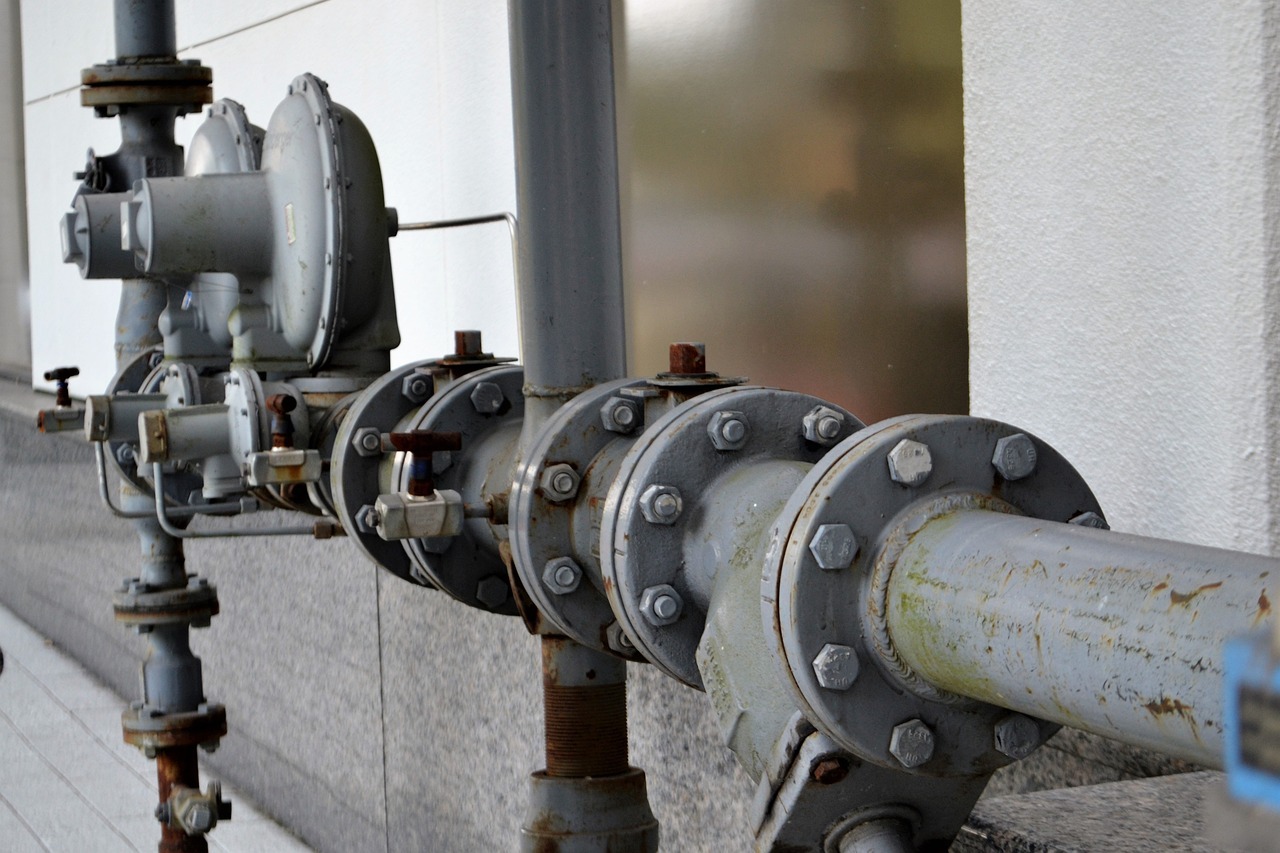
If you've had work done on your house just recently, specifically if that's when you began to see your low water pressure, you may wish to contact your public utility. Possibilities are, the valve was not opened all the way after the work was complete, and somebody will require to enter and open everything the way.
5. The Pressure Regulator is Failing
Not all pipes is equipped with a pressure regulator. If you do not have one, then this solution is not for you.
If you do, there's a test you can try yourself to discover if the pressure regulator is failing to get a precise read. Attach a water pressure gauge to your outside pipe spigot, preferably the one that is closest to your pressure regulator. When you turn the water on, the pressure gauge will provide you an immediate read of your water pressure.
If it's lower than what your pressure regulator is reporting, your problem may be with the pressure regulator. These regulators are developed to adjust the pressure coming from your water system line to a level that is safe for your pipes. If it's not checking out, it thinks that it's doing its job when it's actually letting through a low PSI.
You can change your pressure regulator by yourself, but it's not a bad concept to hire a plumber, particularly if you're not used to playing around with pipes.
6. The Pipes Are Clogged
Believe it or not, obstructions do not just develop below drains. They can in fact form in the depths of your piping, and even a small clog can gum up the works enough to lower your water pressure.
Due to the fact that this kind of clog might be anywhere below your house, this is another among those times where you're going to wish to call a plumber.

The last thing you want to do is begin pulling pipelines apart and not being able to put them back together.
Plus, you might not know what you're knocking loose or polluting your pipes with. It's one thing to put unsafe chemicals down your drain to eat away clogs, although that's not recommended. It's another thing to utilize any doubtful or unsafe chemicals in the pipelines that are pumping in your drinking water, which is absolutely not advisable.
7. The Pipes Are Corroded
How much do you learn about your home's piping? Is it initial to your house or was it updated recently? What material is it made from?
Pipes, particularly galvanized steel pipes, have an expiration date. In fact, galvanized steel pipelines can start to wear away after just 20 years. Copper pipelines are normally helpful for 50 or more years and brass pipes must be fine for anywhere in between 40 and 70 years.
The possibility of corrosion boosts if you have an older home. Newer pipelines aren't frequently made from galvanized steel and their plumbing ought to be fine for years to come, however older homes that have not been improved may require to be re-piped.
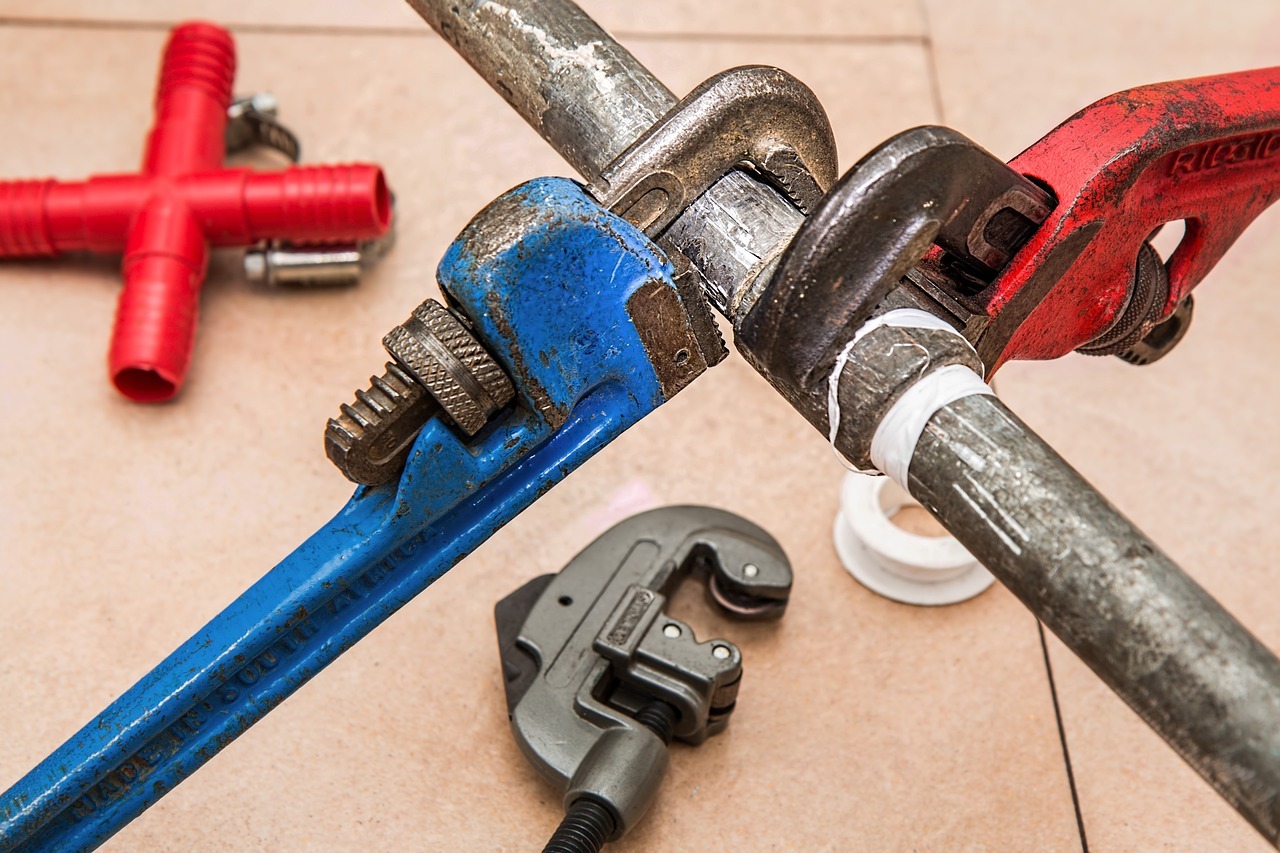
Rust might also be a problem if you have actually added pipes fixtures to your house, like an extra restroom or a cleaning device, after your house was built. When you include pipes components to an already complete house, you are normally supposed to expand the branch lines of your piping. Otherwise, those portions of your pipes are working overtime and are going to corrode faster.
One last feature of rust: you can't see it from the outside. It's going to be helpful to discover how old your pipes is from the previous homeowners or city records.
8. You Share Pipelines
This is never ever an enjoyable one to break to people.
Shared pipelines are pipelines that run water into more than one house. What that requires is that when your next-door neighbor takes a shower or washes their cars and truck, your water pressure is going to go down. This doesn't indicate that you're spending for their water usage, however it does suggest that your supply of water is divided in between 2 or more households.
Think of it by doing this: when you're cleaning your hair and somebody runs the dishwasher, you often notice a modification in water pressure. Just this time, it's changing due to the fact that of someone next door, not someone you can scold for utilizing a great deal of water when you're attempting to bathe.
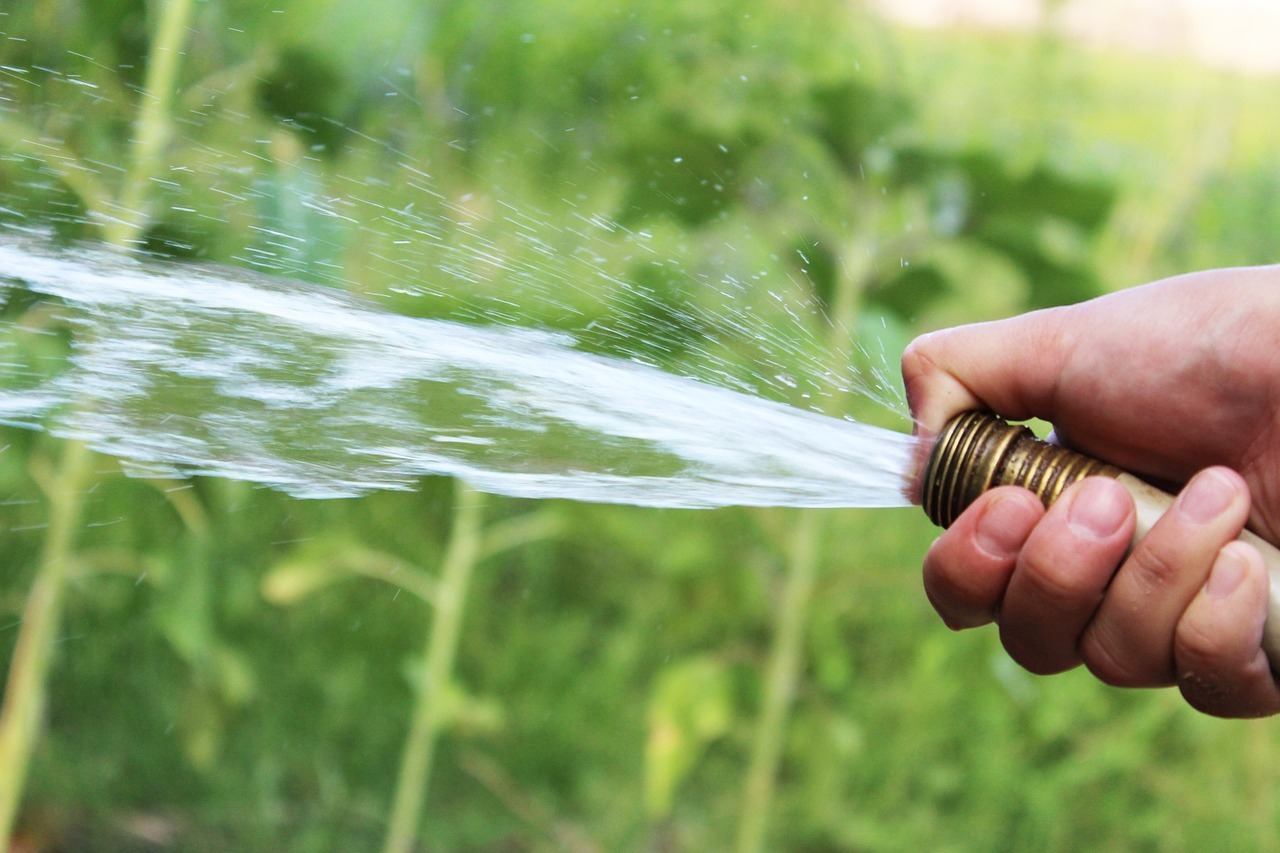
You'll need to choose how unbearable it is to have low water pressure here and there. You might find that experimenting with your timing and changing your routine will help.
As long as you can evaluate when your next-door neighbor isn't utilizing their water, you'll be able to use yours just fine.
If you do decide that pipeline replacement is the way to go, do your research and discover a plumbing business that won't hit you with hidden fees and outrageous upcharges. If they aren't transparent with their costs, do not be shocked if your expense is a lot higher than you expected.
9. Your Pipes Are Leaking
If your basement or foundation is flooded you currently understand your pipelines are leaking. Nevertheless, it does not take a leak of that size to tinker your water pressure. The leakage is misdirecting your water supply so that even if whatever else is working appropriately, you're not getting the complete flow.
If you can access your pipelines, go and take a look around and see if you find any damp spots or pooling water.
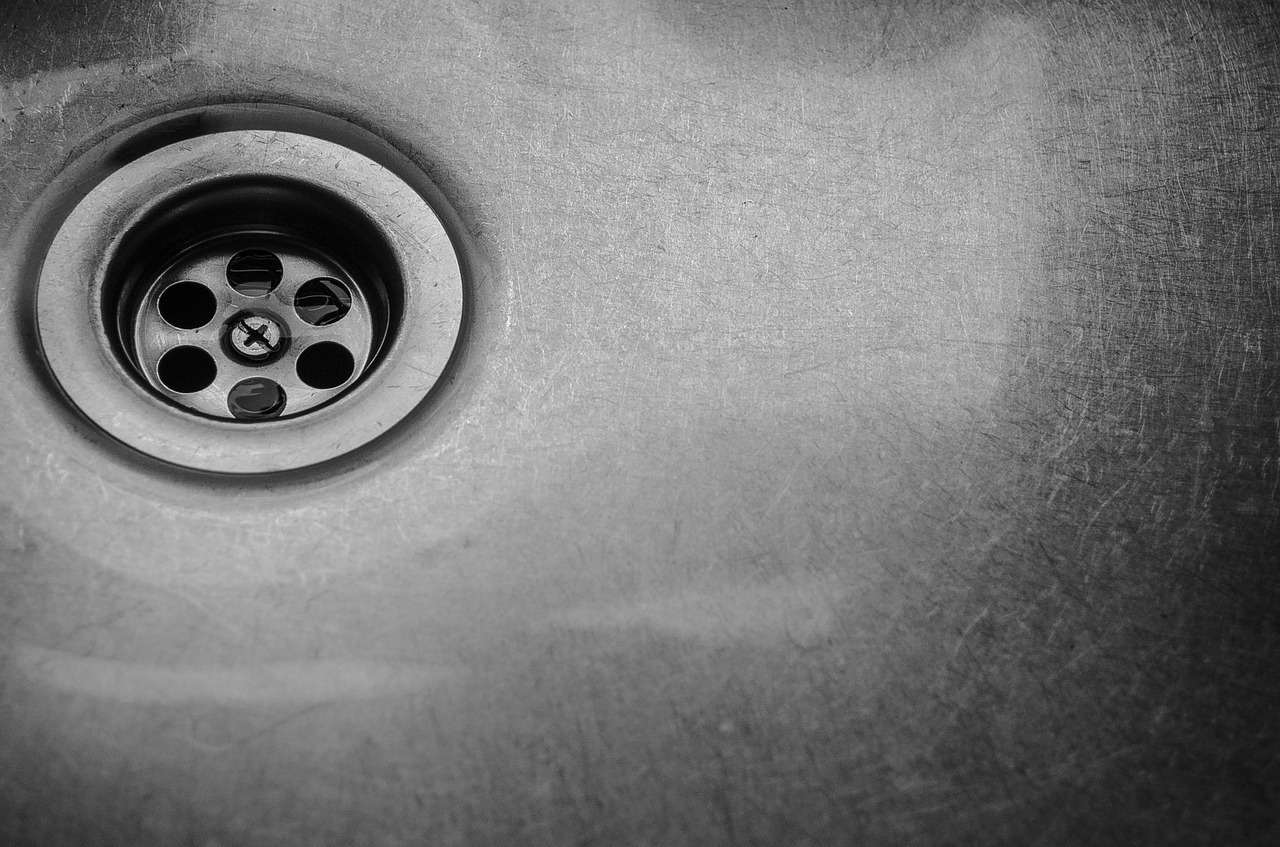
Find out which pipe is dripping and attempt a fast fix.
Initially, switch off your water supply and dry the outside of the leaky pipe as much as you can. Then, cover a rubber spot around the spot that is broken or worn away and use electrical tape and a pipe repair secure to connect the rubber spot to the pipe.
This isn't going to resolve your problem for good, however it may avoid further damage for a couple of days. Even with a fast fix in location, call a plumber as soon as possible. Leaky pipes can harm your foundations but they can likewise pollute your drinking water.
Truthfully, if you're seeing a change in your water pressure as an outcome of dripping pipelines, you're most likely dealing with more than one leakage. It's likewise possible that the leak is one of numerous things causing low water pressure.
10. You've Got Faulty Fixtures
If you have low water pressure in all your pipes components, the issue is almost absolutely with your water system or your pipes. However, if it's one or a couple of fixtures that seem to have a low circulation, you may wish to check out the fixtures.
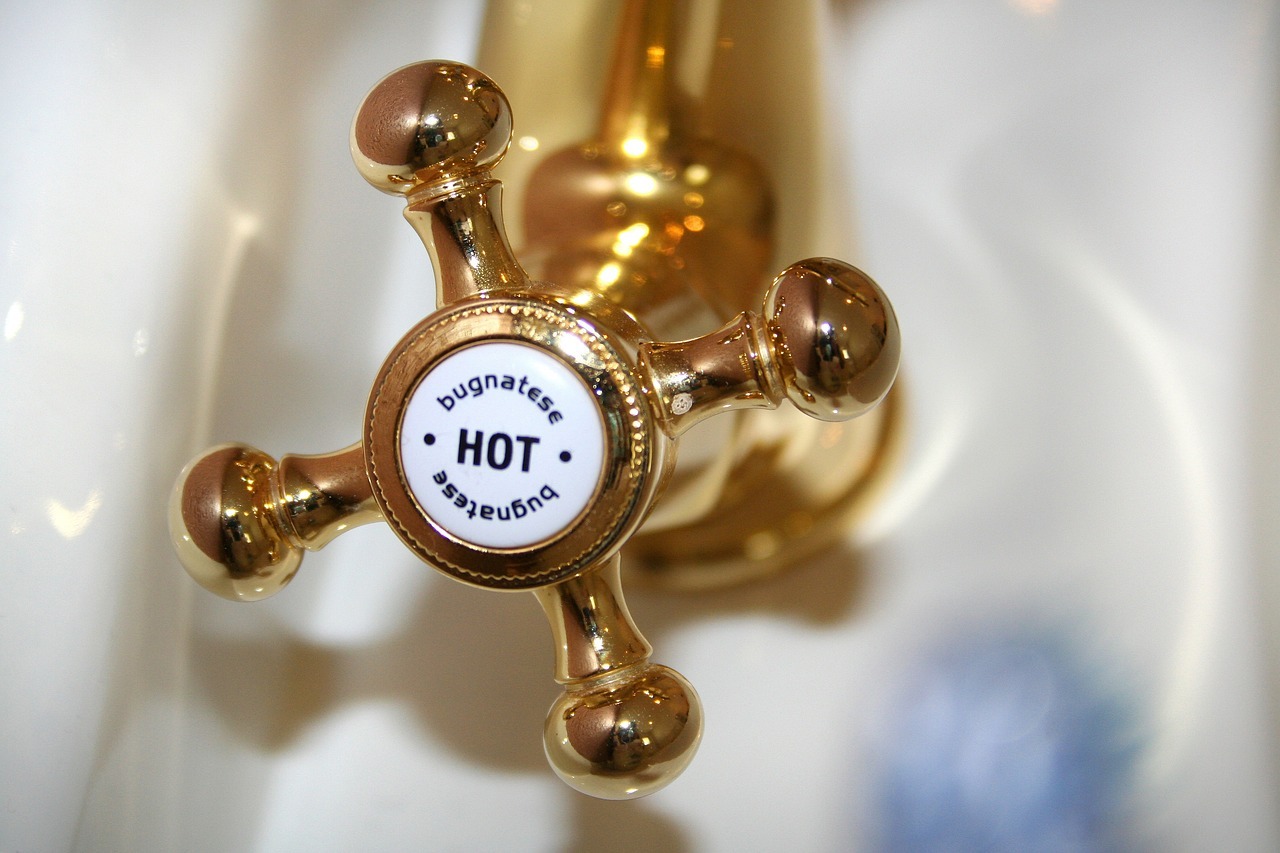
The aerator on a faucet component is created to reduce the volume of water originating from your faucet without altering the pressure. With time, aerators can get bogged down with dirt and limestone accumulations or rust over.
Remove the aerators on your low-pressure faucets and see if they need cleaning. Once they're completely clear of any accumulation, put them back on and see if this makes a distinction in your water pressure.
Components, themselves, can end up being clogged up. Because the majority of fixtures aren't particularly expensive, it may be a good idea to go ahead and change them at this moment.
Prior to eliminating them, whether to clean or replace, turn off the water system to that plumbing fixture.
What We Can Do to Increase Water Pressure
While we can't battle with your water supply company or city agents, we can help you with any concerns connected to your pipelines to increase water pressure in your home.
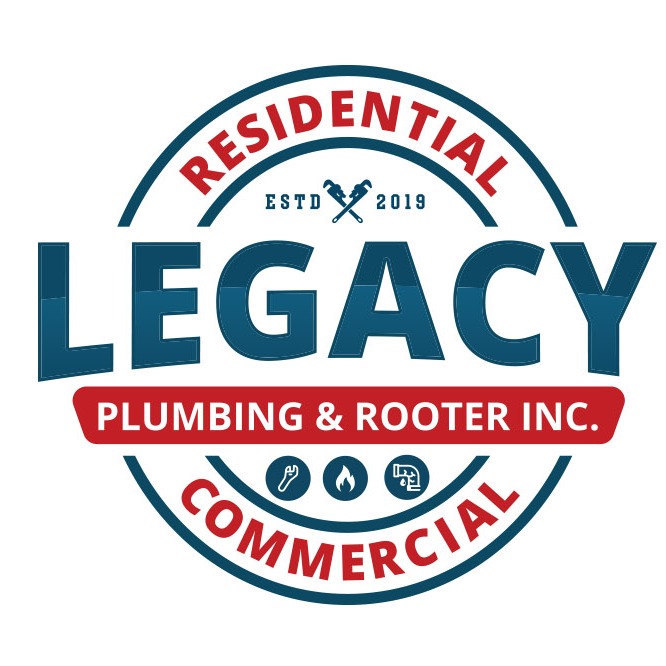
We constantly ensure we know what we're getting ourselves into prior to we start digging underground or pulling apart your pipes. We send out in our fiber-optic video line to find the problem areas so we understand precisely where to go.
Think We Can Help with Your Low Water Pressure?
Low water pressure can ruin everything from your shower to your dishes.
If you're tired of dealing with a low circulation, let us know. The earlier we handle it, the less the damage will spread-- plus, the earlier you'll be enjoying your regular water pressure again.
Whether you want to know the root of your pressure issues or you're all set for us to tackle your pipes head-on, call us today at (408) 649-3149.
 Add Row
Add Row  Add
Add 






Write A Comment